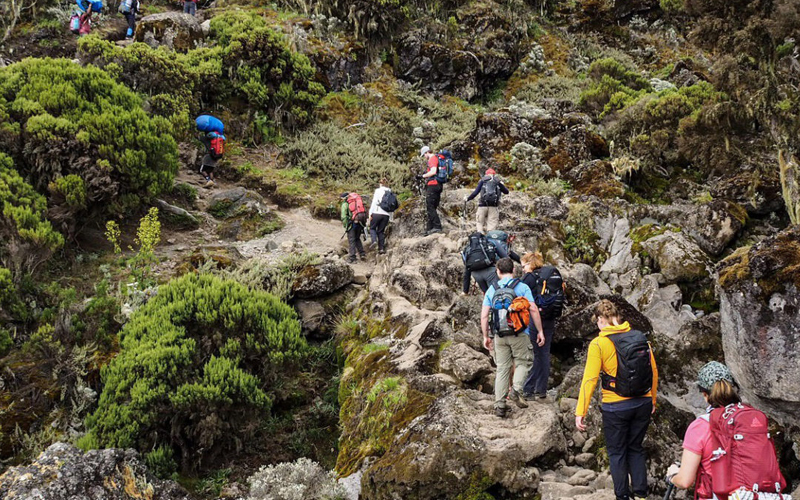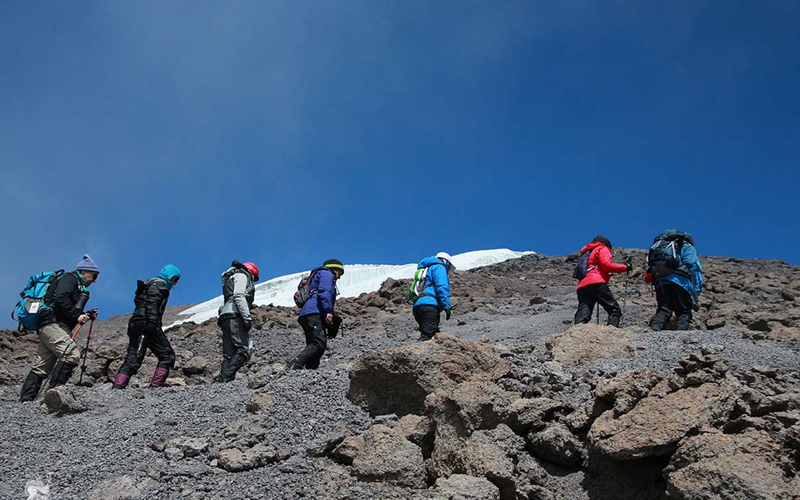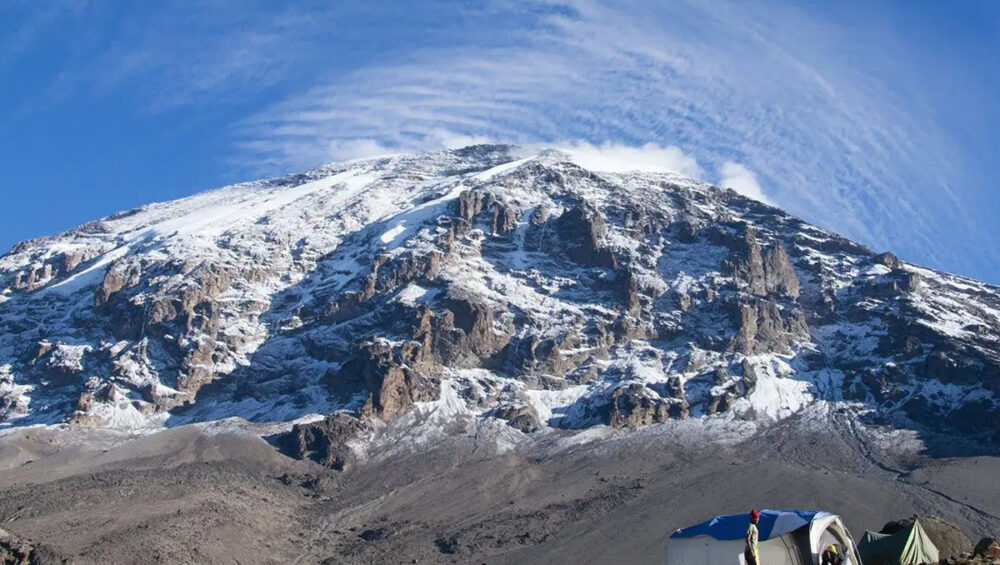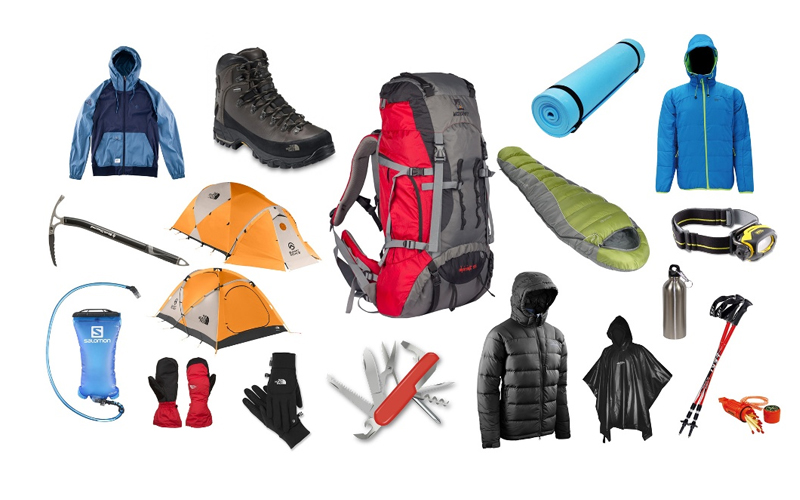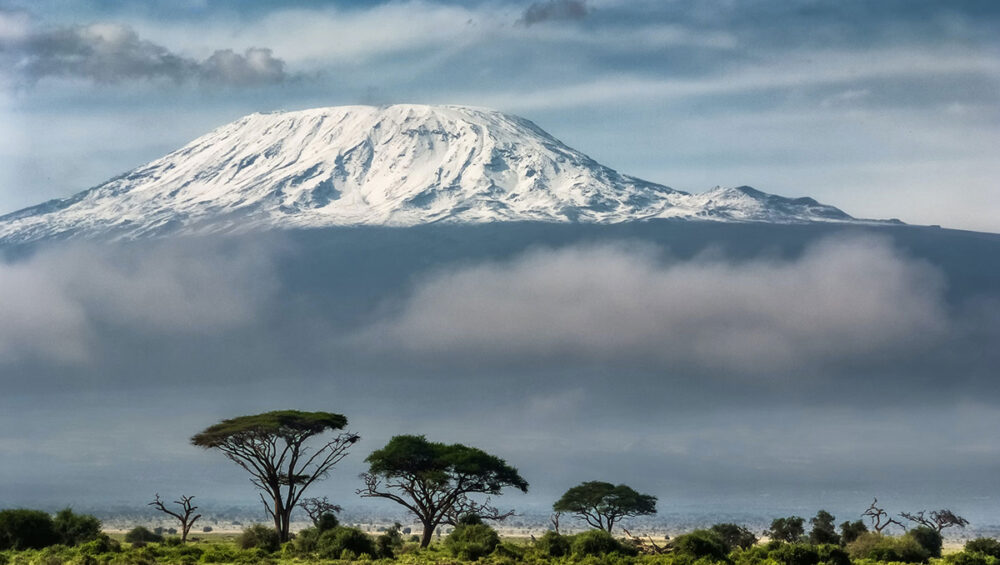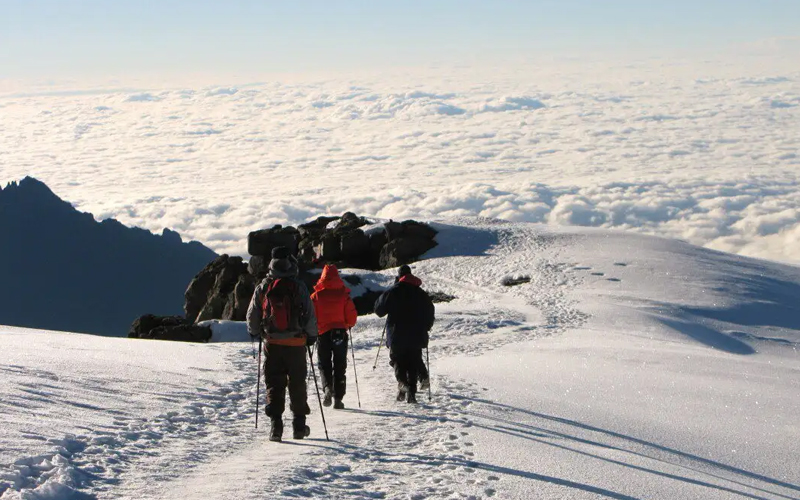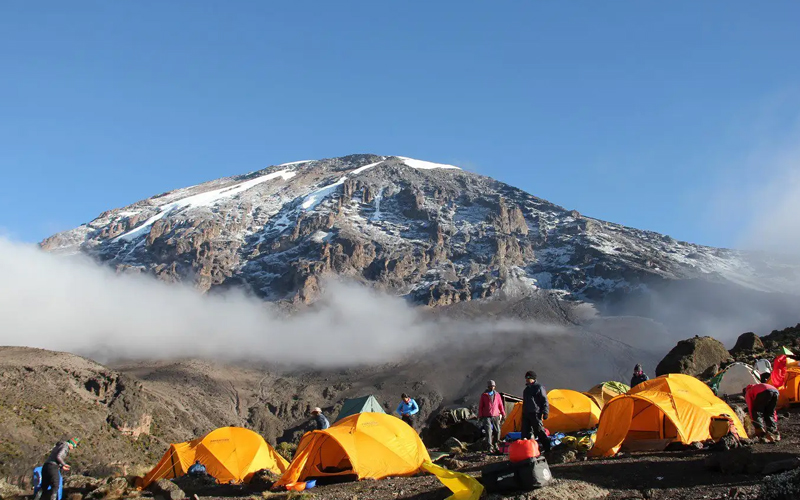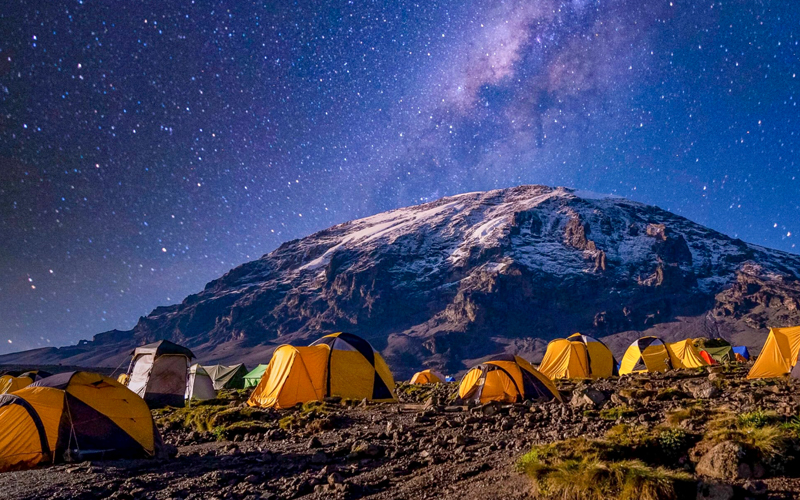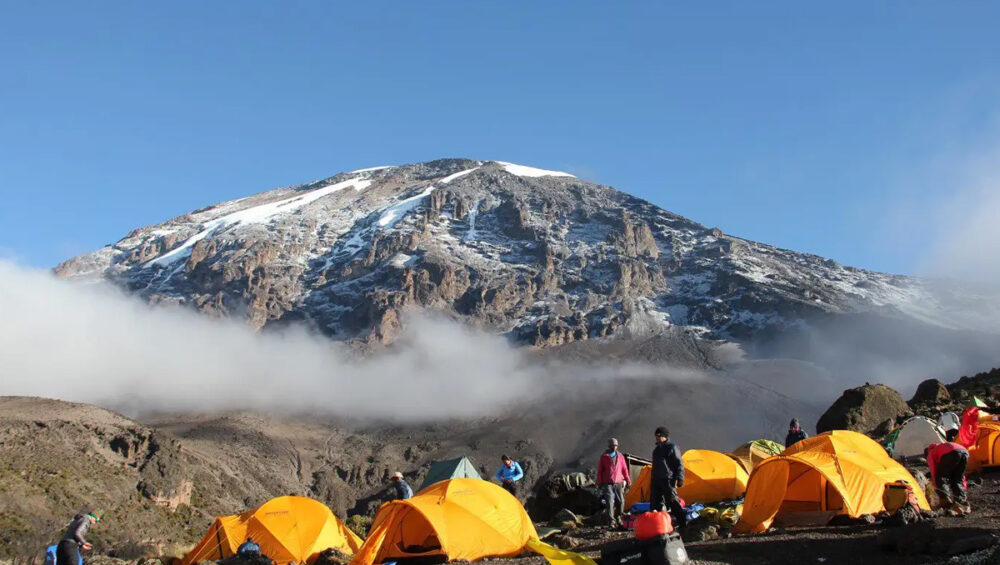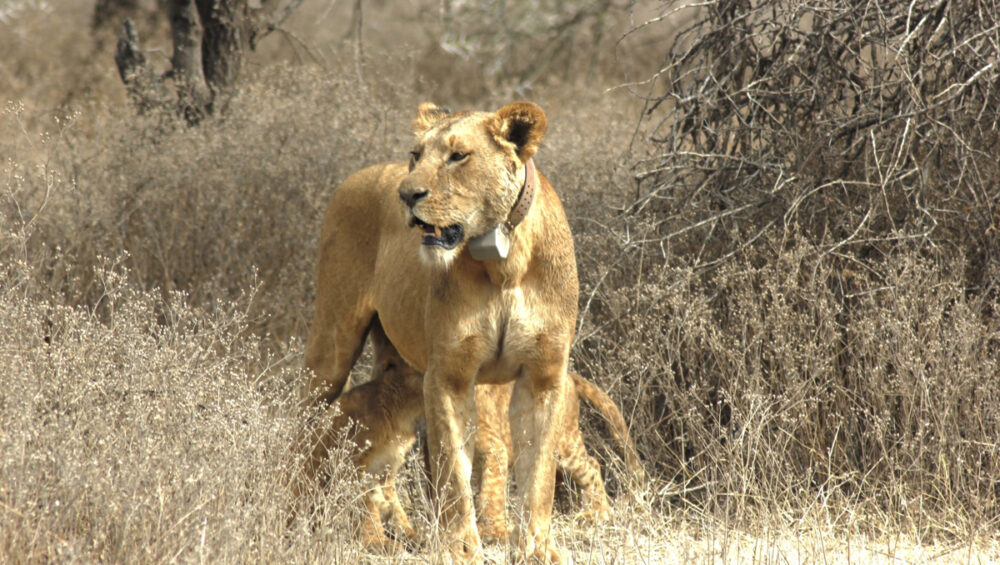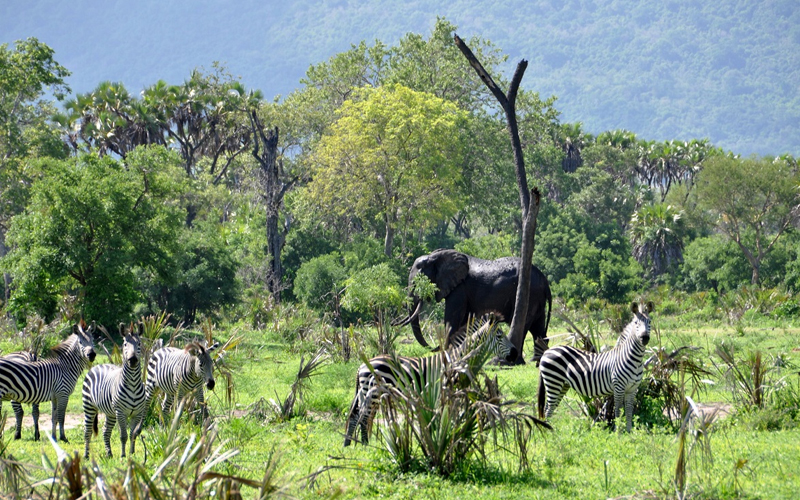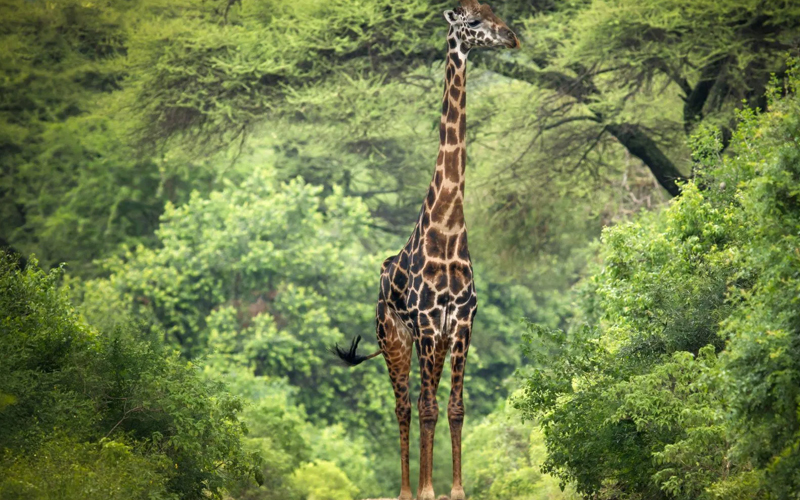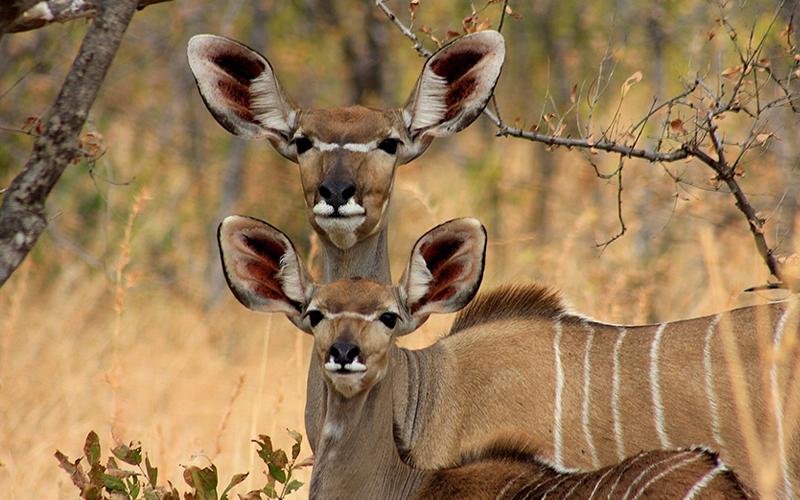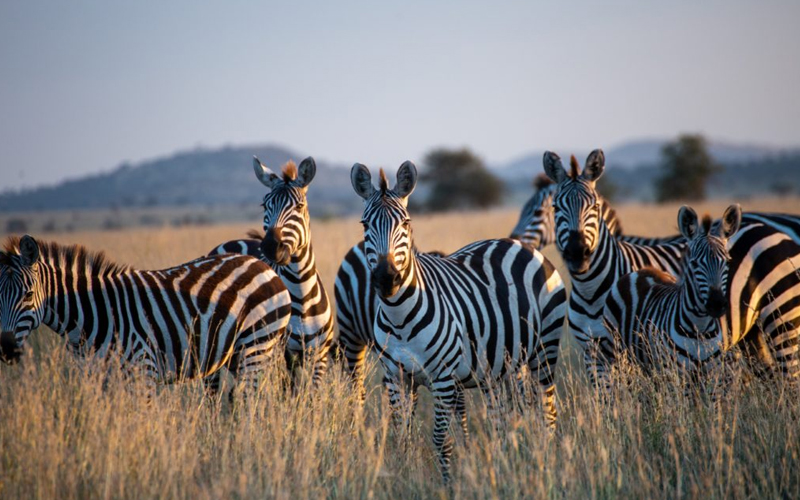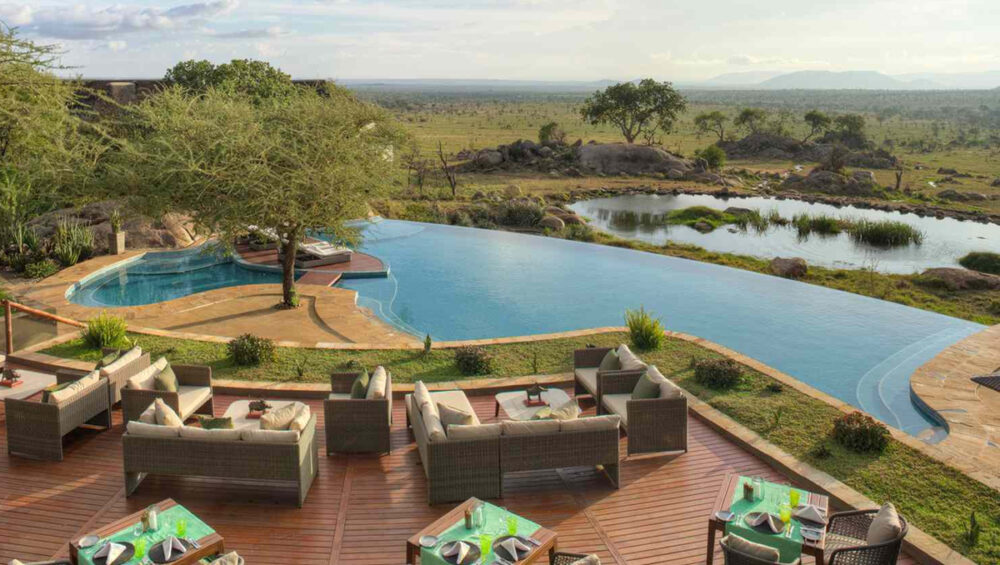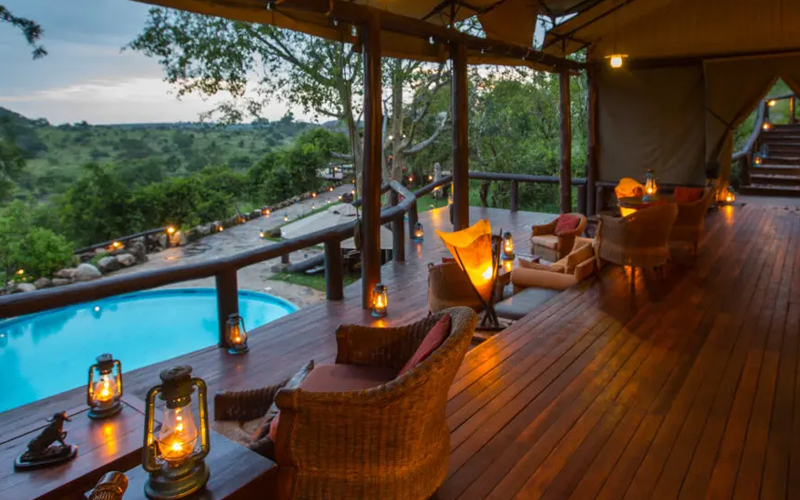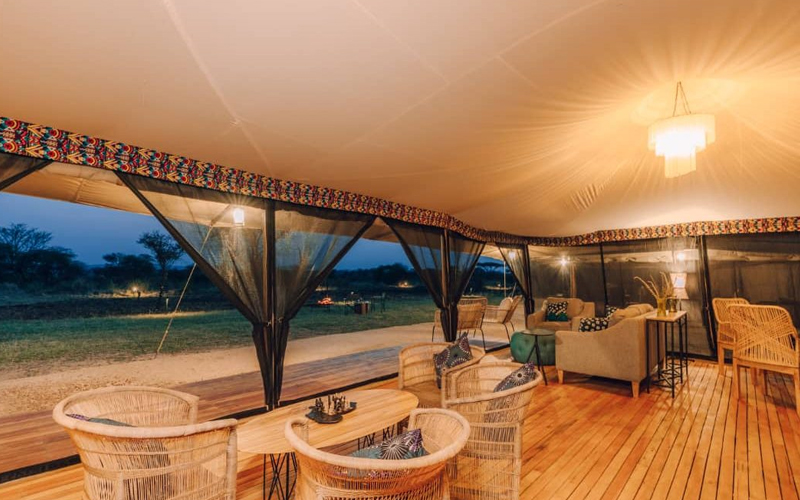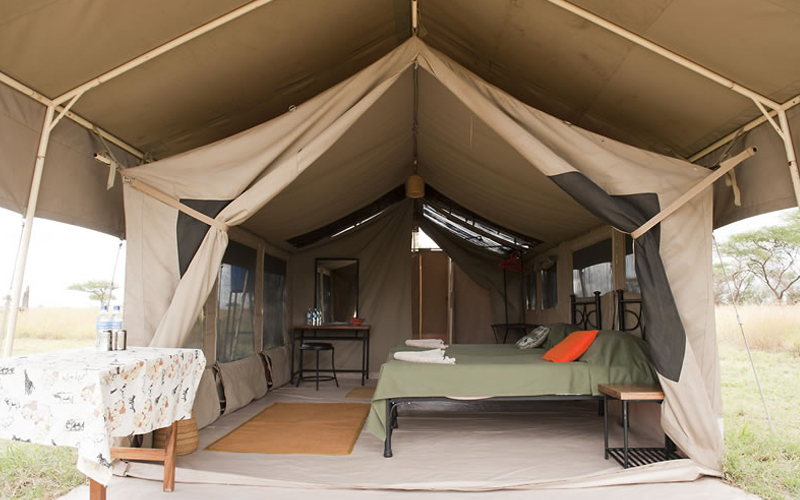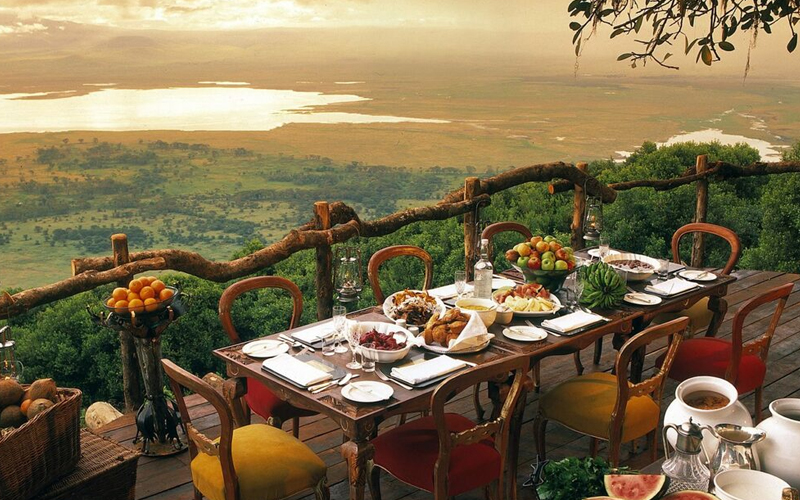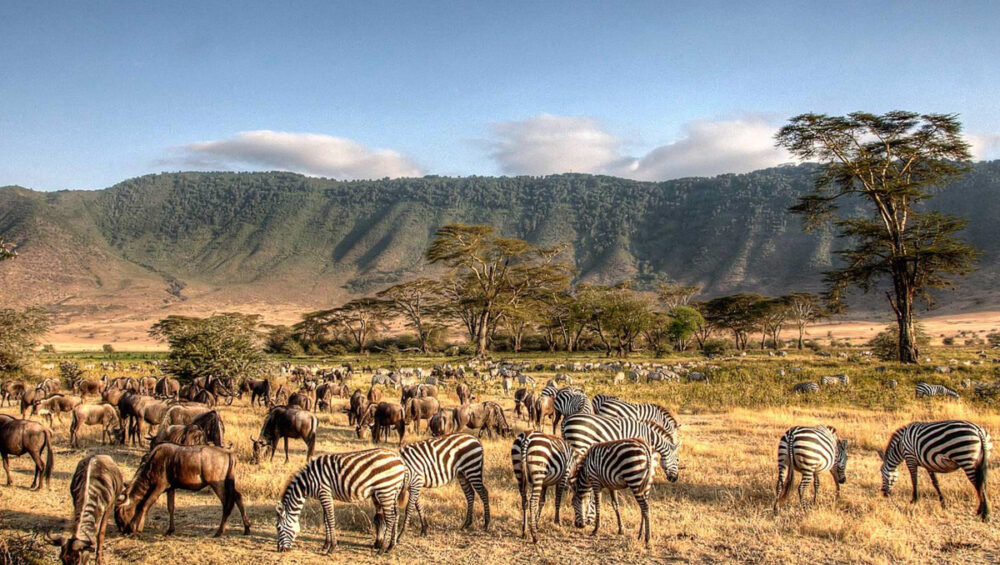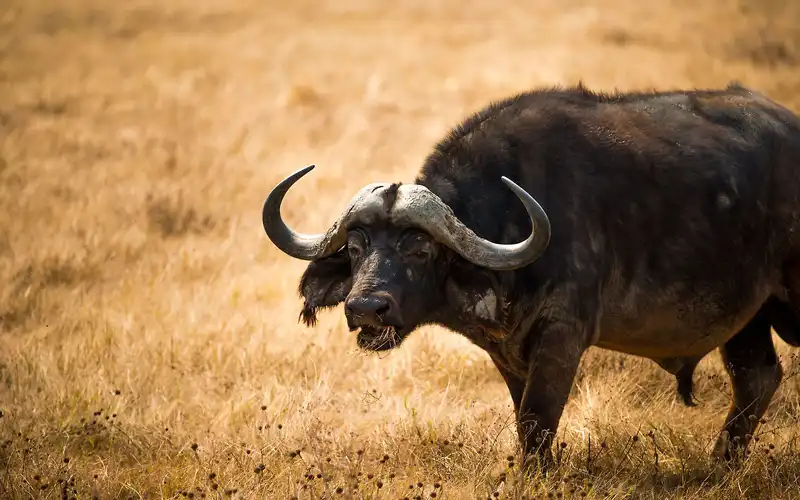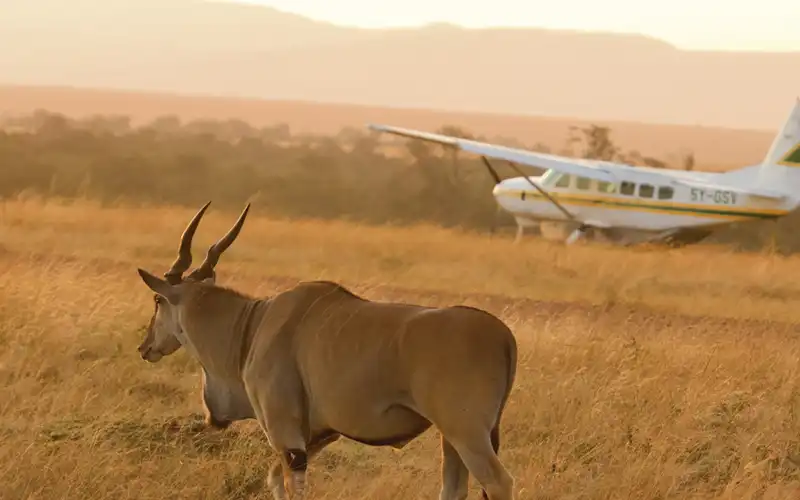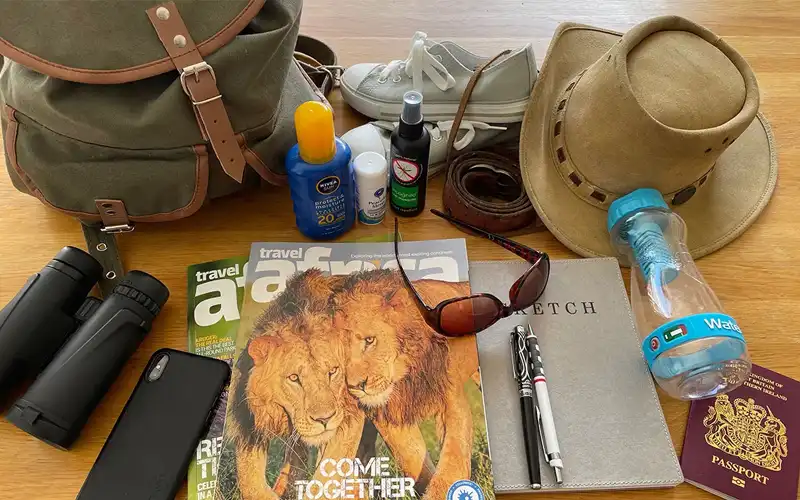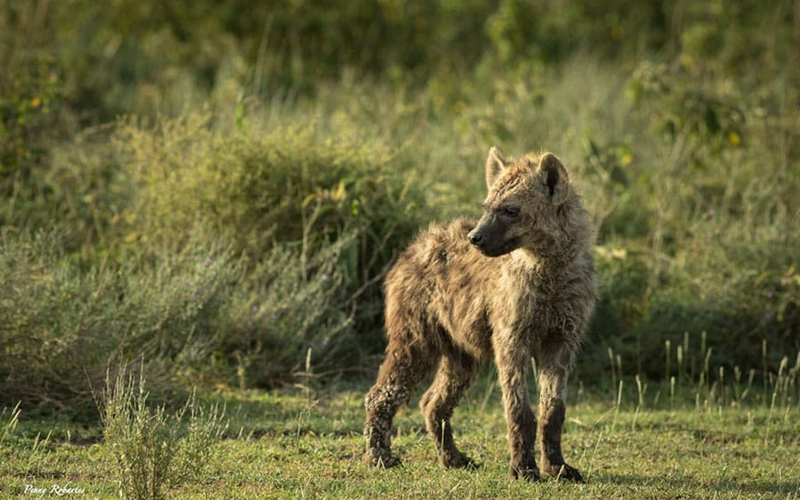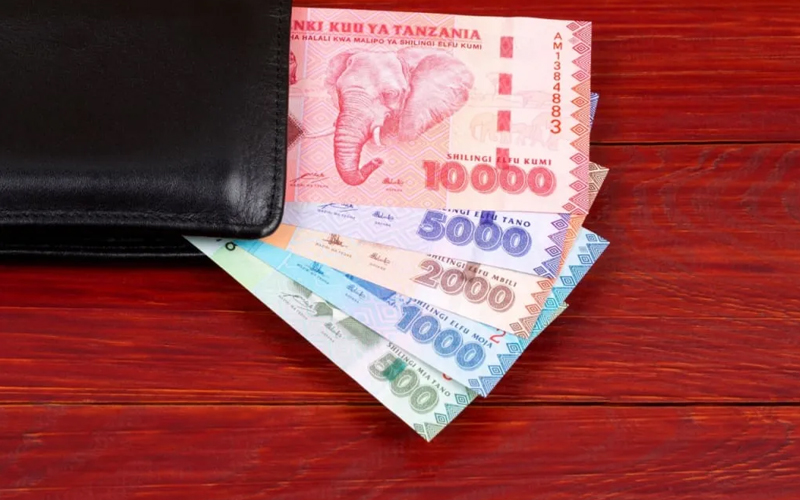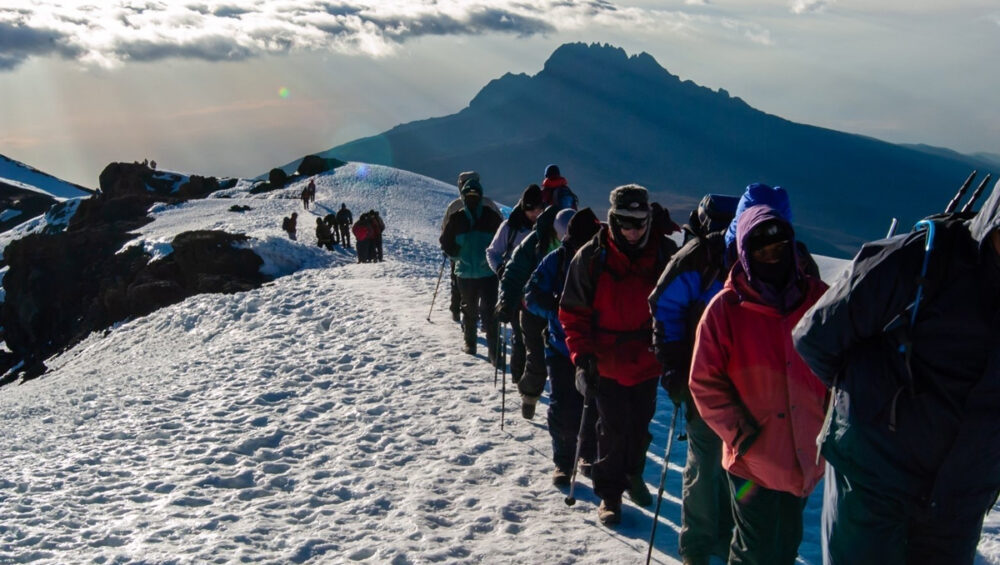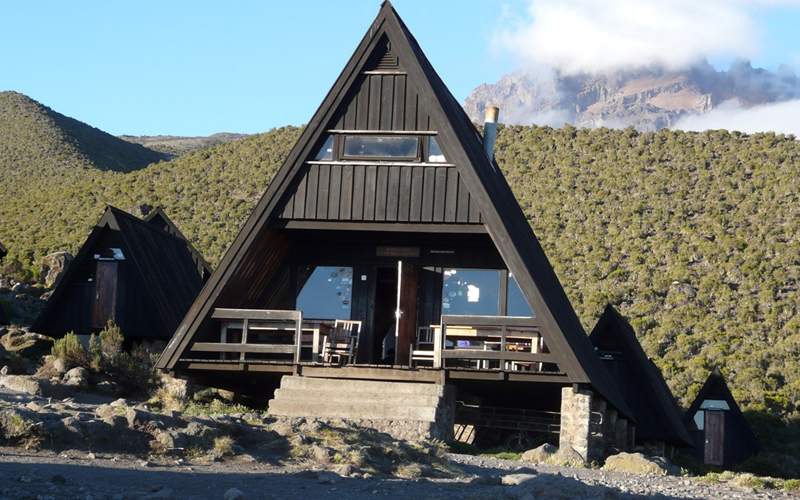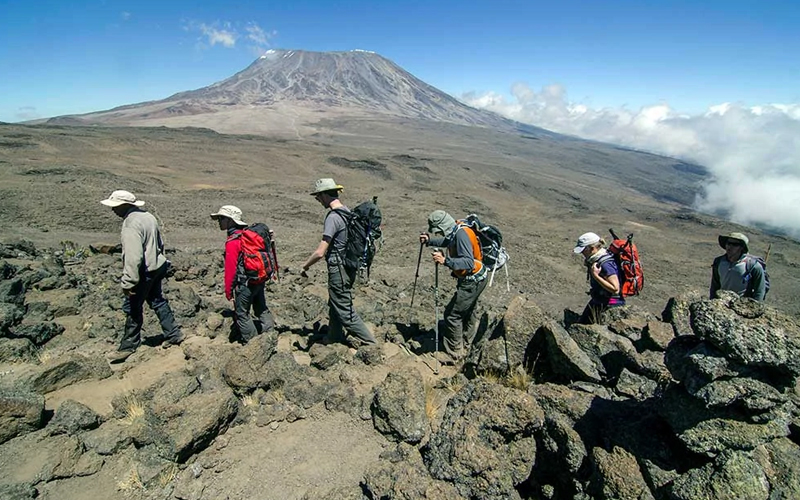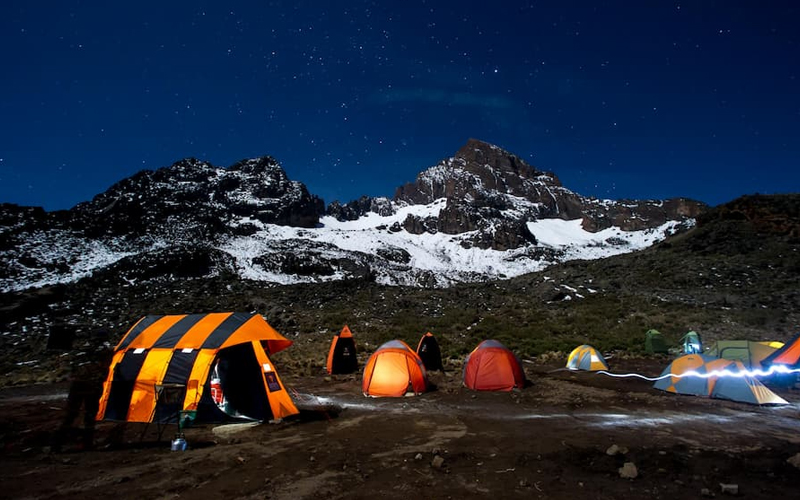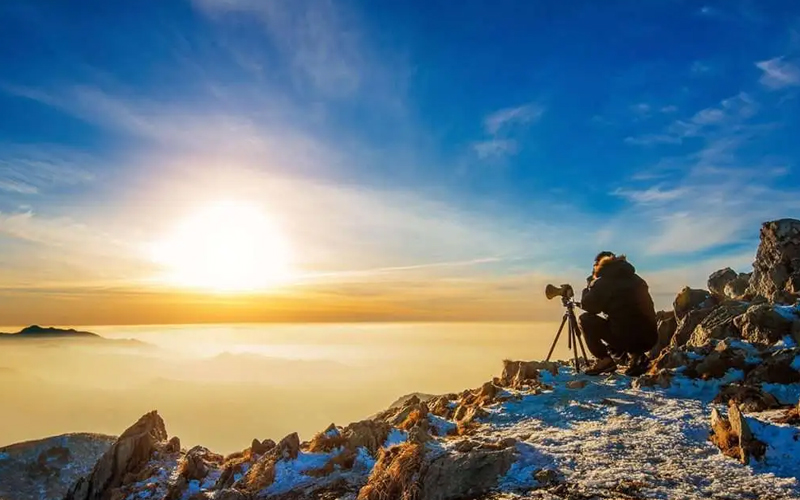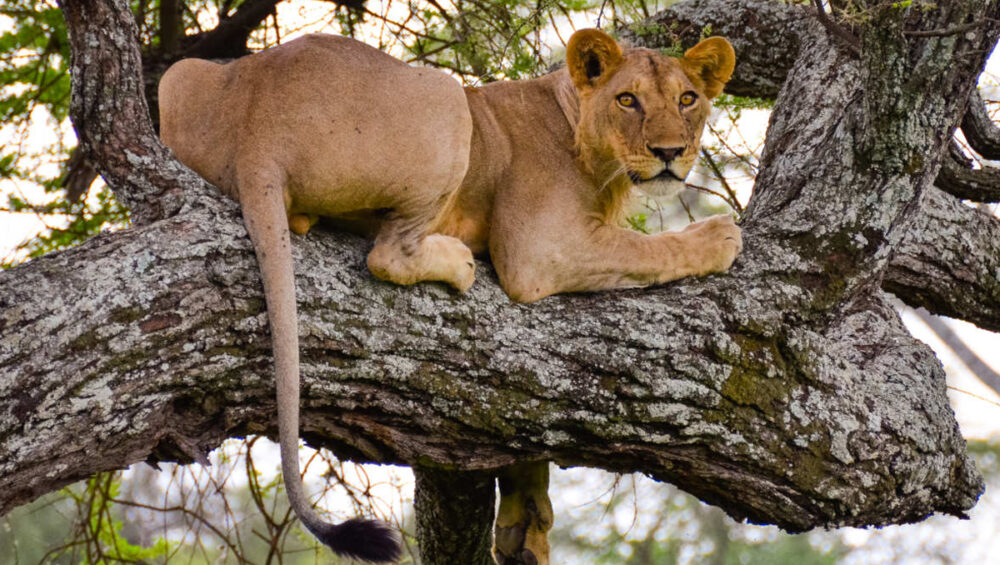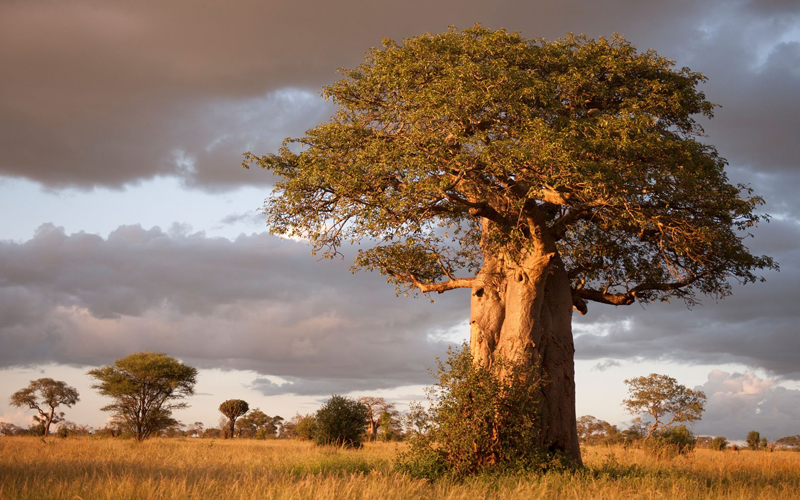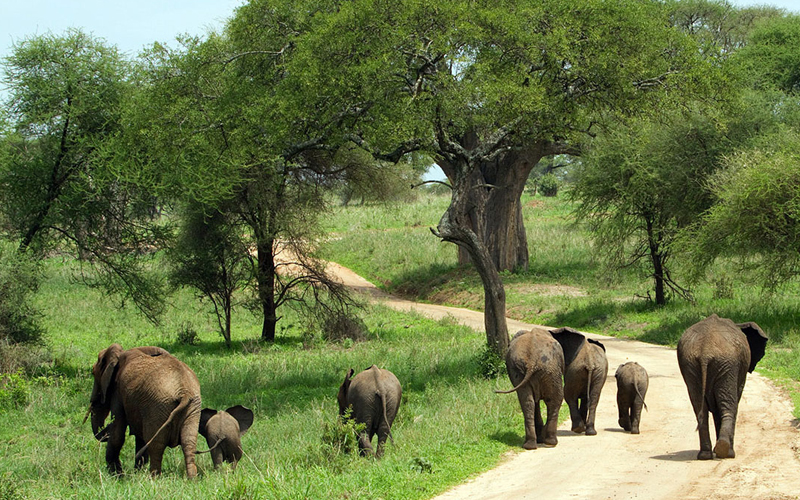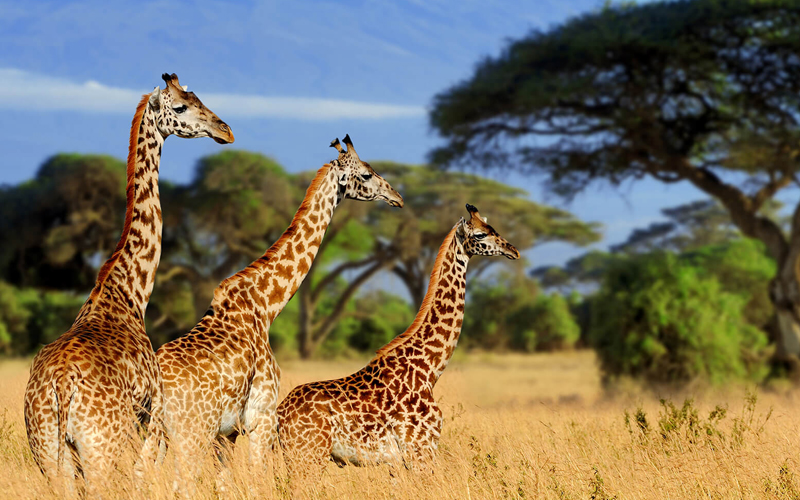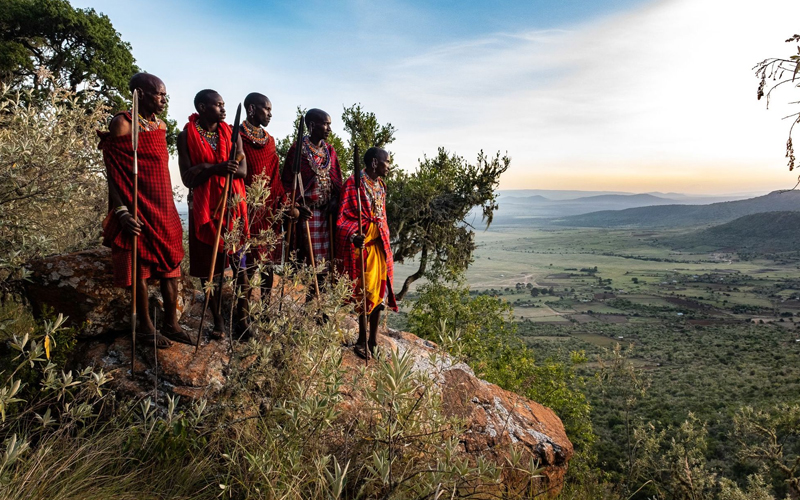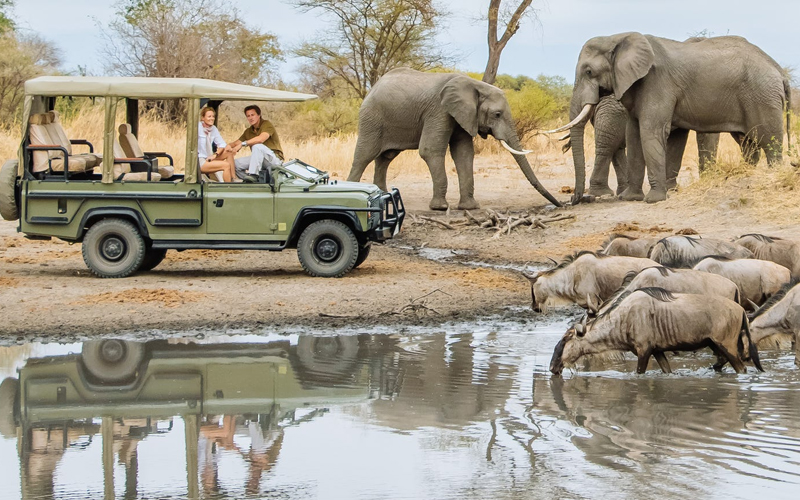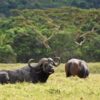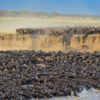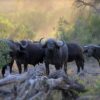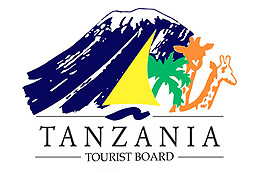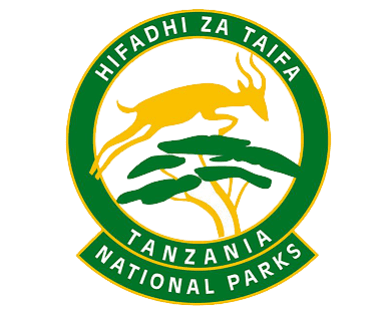Join a Group Climb on Mount Kilimanjaro
Climbing Mount Kilimanjaro is a dream for many adventurers. While some prefer the solitude of a solo trek, joining a group climb offers unique benefits that enhance the experience. From camaraderie to cost savings, this guide explores why a group climb on Kilimanjaro might be the perfect choice for your adventure.
The Benefits of Group Climbing
- Shared Experience: One of the most significant advantages of a group climb is the shared experience. Climbing Kilimanjaro is challenging, and having a group of like-minded individuals by your side provides moral support and encouragement. Sharing stories, triumphs, and challenges with your fellow climbers creates lasting bonds and memories.
- Cost-Effective: Group climbs are often more cost-effective than solo climbs. Tour operators offer discounts for group bookings, making the climb more affordable. Additionally, group members can share resources and expenses, such as gear rental and transportation costs.
Enhanced Safety
- Support System: Having a group around you enhances safety. In case of an emergency, there are more people to help and provide support. Group leaders and guides are trained to handle various situations, ensuring that everyone stays safe throughout the climb.
- Guided Expertise: Joining a group climb usually means being accompanied by experienced guides. These guides are knowledgeable about the terrain, weather conditions, and potential hazards. Their expertise ensures a safer and more enjoyable climb.
Social Interaction
- Meet New People: Joining a group climb is an excellent opportunity to meet new people from different backgrounds and cultures. The diversity within the group enriches the experience, offering new perspectives and friendships that might last a lifetime.
- Motivation and Encouragement: Climbing Kilimanjaro is physically and mentally demanding. The presence of a supportive group can be incredibly motivating. Encouragement from fellow climbers can boost your morale, especially during the more challenging parts of the ascent.
Organized Logistics
- Pre-Arranged Itinerary: Group climbs typically come with a pre-arranged itinerary, which takes the hassle out of planning. From accommodation to meal arrangements, everything is organized by the tour operator. This allows you to focus on the climb without worrying about logistics.
- Shared Responsibilities: In a group setting, responsibilities are often shared among members. Tasks such as setting up camp, cooking, and packing are divided, making the experience less strenuous for each individual.
Choosing the Right Group Climb
- Research Tour Operators: Selecting the right tour operator is crucial for a successful group climb. Research operators thoroughly, read reviews, and check their safety records. Look for operators who prioritize sustainability and have experienced guides.
- Group Size and Composition: Consider the size and composition of the group. Smaller groups often provide a more personalized experience, while larger groups can offer more social interaction. Ensure that the group’s dynamics align with your preferences and climbing style.
Preparation for a Group Climb
- Physical Training: Prepare physically for the climb by engaging in regular cardiovascular and strength training exercises. Join local hiking groups to simulate the group dynamic and build your endurance.
- Mental Preparation: Mentally prepare for the group experience. Be open to interacting with new people and sharing your journey. Practice patience and flexibility, as group climbs require cooperation and compromise.
Essential Gear for Group Climbing
- Personal Gear: Pack all necessary personal gear, including layered clothing, a sturdy backpack, and a reliable sleeping bag. Ensure that your gear is suitable for the diverse conditions on Kilimanjaro.
- Group Gear: Coordinate with your group regarding shared gear, such as cooking equipment and tents. This prevents unnecessary duplication and ensures that everyone has what they need.
On the Mountain
- Communication and Cooperation: Effective communication and cooperation are vital in a group climb. Keep in touch with group members and guides, and be willing to assist others when needed. This fosters a positive group dynamic and enhances the overall experience.
- Pace and Acclimatization: Maintain a steady pace that suits the entire group. Acclimatize properly by taking scheduled breaks and listening to your body. Support each other through the acclimatization process to prevent altitude sickness.
Post-Climb Reflections
- Celebrate Together: Celebrate the achievement of reaching the summit together. Sharing this monumental accomplishment with your group creates a sense of camaraderie and fulfillment.
- Stay Connected: Stay connected with your fellow climbers after the climb. Share photos, stories, and experiences to keep the memories alive. Plan future adventures together if possible.
Joining a group climb on Mount Kilimanjaro offers numerous benefits, from enhanced safety and cost savings to social interaction and shared experiences. By choosing the right group and preparing adequately, you can make your Kilimanjaro climb a memorable and rewarding adventure. Embrace the journey, support your fellow climbers, and enjoy every moment of this incredible experience.
FAQs
1. What are the main advantages of a group climb on Kilimanjaro?
The main advantages include shared experiences, cost savings, enhanced safety, social interaction, and organized logistics.
2. How can I choose the right tour operator for a group climb?
Research tour operators thoroughly, read reviews, check their safety records, and prioritize those with experienced guides and sustainable practices.
3. What should I consider when preparing for a group climb?
Consider physical training, mental preparation, and coordination of personal and shared gear. Practice patience and flexibility for a successful group dynamic.
4. How does a group climb enhance safety on Kilimanjaro?
A group climb enhances safety by providing a support system, having experienced guides, and allowing for shared responsibilities in emergencies.
5. What should I expect during the group climb on Kilimanjaro?
Expect effective communication, cooperation, a steady pace, and proper acclimatization. Embrace the social interaction and support from fellow climbers.
For essential information on climbing Mount Kilimanjaro, explore the following topics on our page:
- Mt. Kilimanjaro Climbing Cost
- Mt. Kilimanjaro FAQ
- Mt. Kilimanjaro Gear List
- Mt. Kilimanjaro Tipping Guide
Visit our page for detailed information and tips to help you prepare for a successful and enjoyable Kilimanjaro climb.
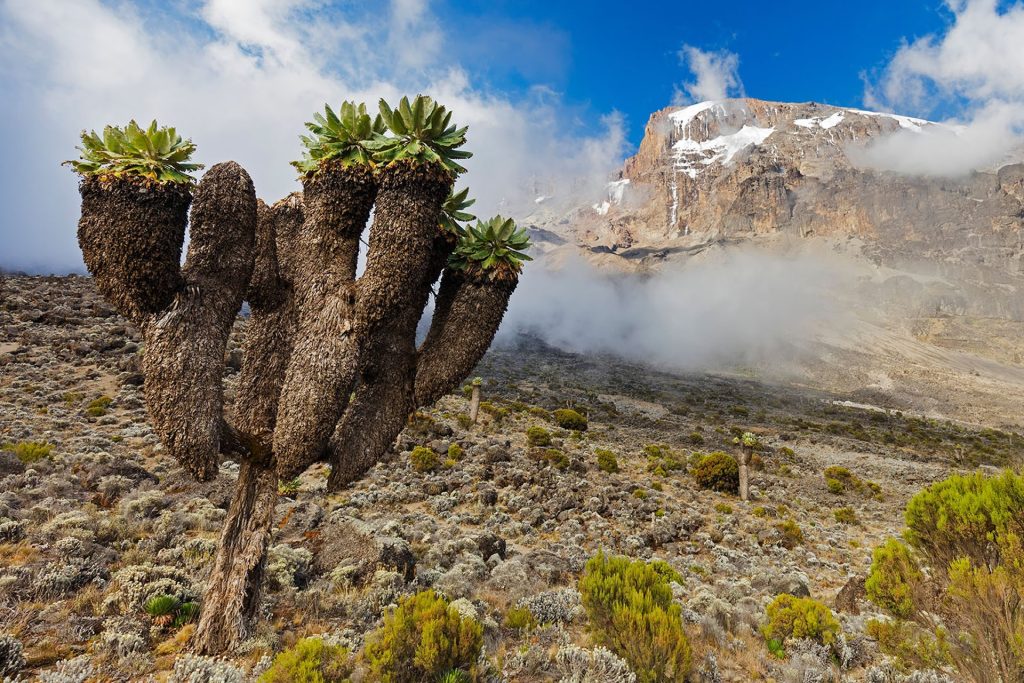
Kilimanjaro Climb
Book Hiking tours to Mount Kilimanjaro, The Roof of Africa, Best Prices Guarantee!
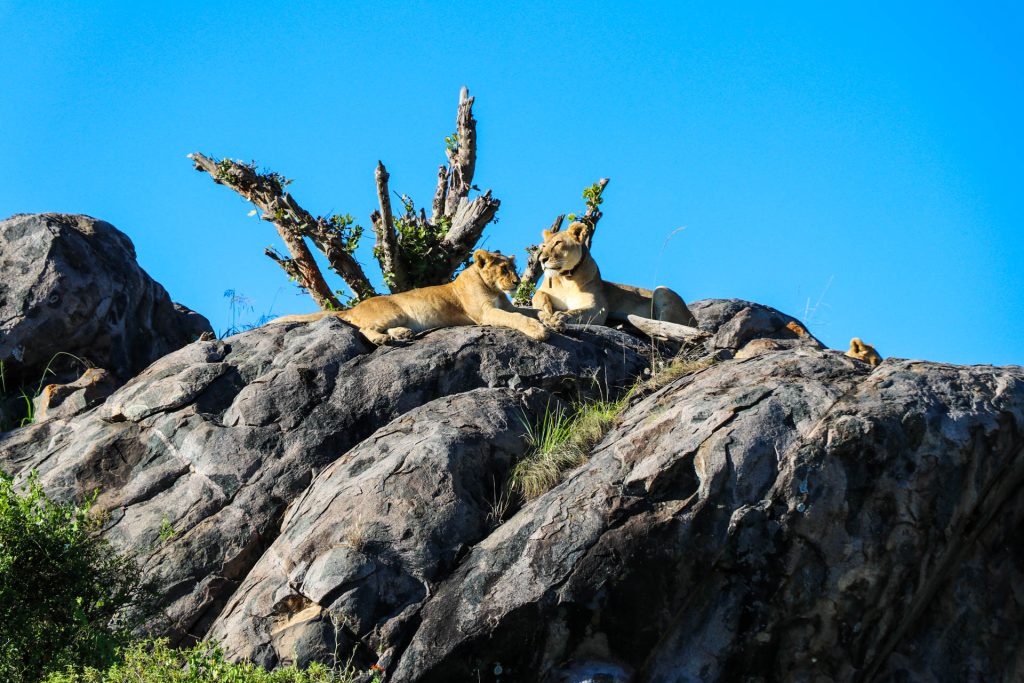
Tanzania Safari Vacations
Explore our Unforgettable Tanzania Budget, Mid-Range & Luxury Wildlife Safari.
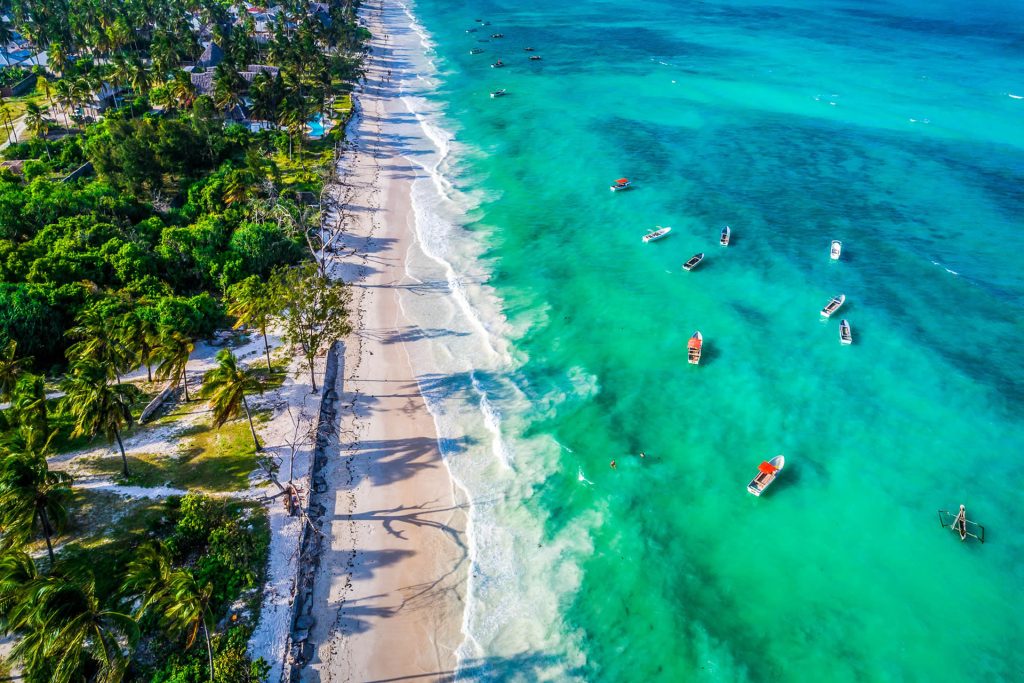
Beach Excursions
Visit Zanzibar Island and Coastal Tanzania for beach tours before and after a climb or safari.
ABOUT BOKER ADVENTURE…
Boker Adventure is a Tanzania Tours company located in Moshi town along the slope of Mount Kilimanjaro committed to offering local experiences such as Mount Kilimanjaro climbing experiences, Tanzania Wildlife Safari Experiences, Tanzania cultural tourism, bike tours, honeymoon, Air Ticketing and beach holidays. At Boker Adventures, we offer you a unique and comprehensive selection of Tanzania Private tours that are tailor made to suit your schedule and budget.
Please give us an opportunity to organize your African dream holiday!.


